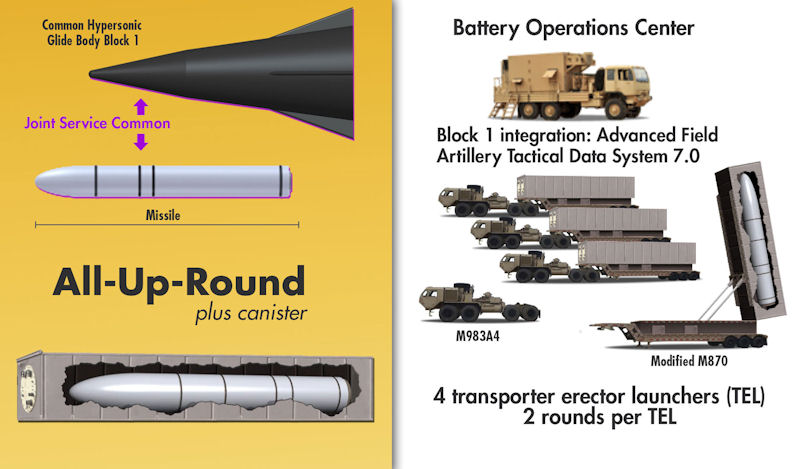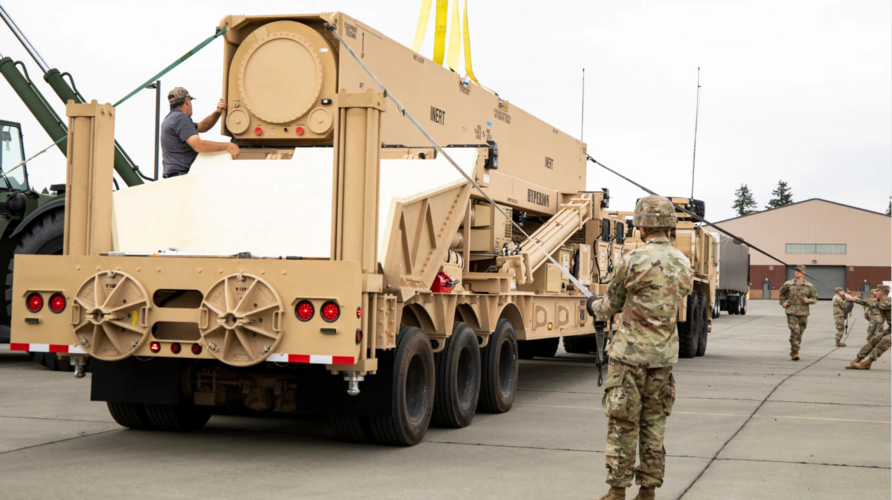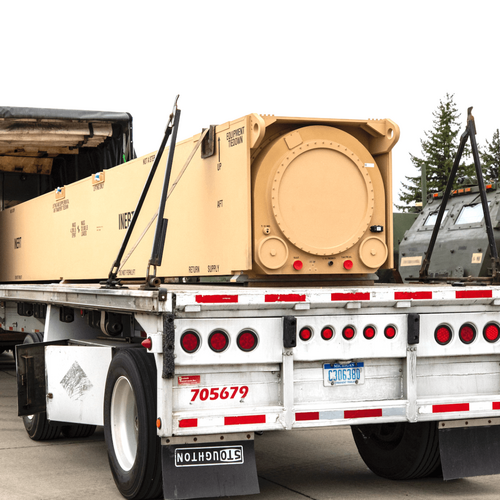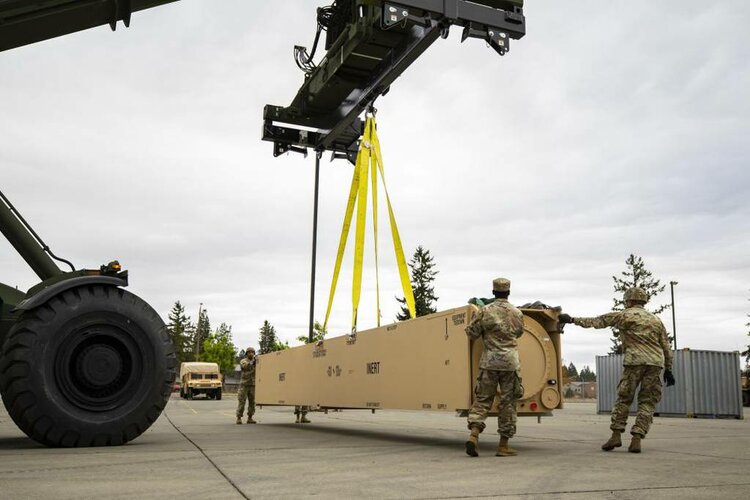And that's great as far as geometry goes but what are they using for propellant? Are they pre-casting AP/Al into small grains, like gunpowder, then bonding them all together, a few at a time? That's a lot of adhesive and that's got to affect ISP I'd think.
You *could*, like some of the Spring/HiBEX motors, use a double-base propellant: basically powdered nitrocellulose (and some other bits), laid down in an even layer. Place your staples on a solid layers. Gently sift in the powdered propellant, enough to cover the staples some. Then mist in nitroglycerin, which dissolves the powder, turning it into sludge that solidifies. Then place more staples, add more powder, mist in my nitroglycerin, rinse, repeat.
Alternatively: use a more conventional/safer composite propellant... AP/AL/Rubber. Lay down a thin flat layer. Let cure and solidify. Place staples, lay down a thin layer of uncured propellant, allow to cure, rinse, repeat. How well a new layer of propellant will bond to an old one might be debatable, but if you only let the previous layer *kinda* cure, enough to be slightly stiffened, it should work.











